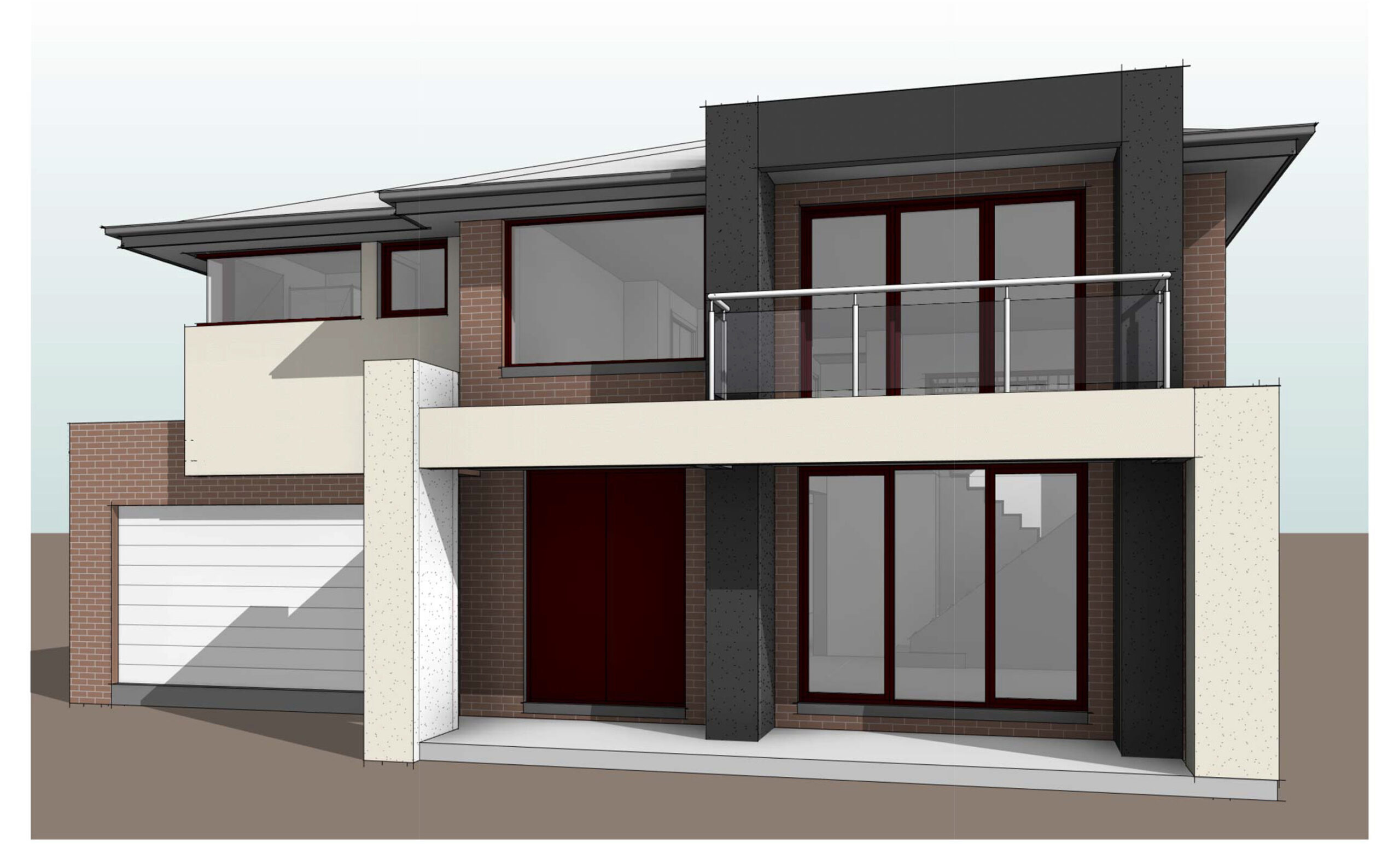How Outsourcing Benefits Architectural Projects
Posted on : Feb 21, 2024
Outsourcing has become a strategic avenue for businesses looking to enhance efficiency and focus on core competencies, and the architectural industry is no exception. The benefits of outsourcing for architectural projects are multifaceted, contributing to improved design quality, cost-effectiveness, and streamlined project timelines. In this article, we delve into the advantages that outsourcing brings to architectural endeavors, exploring how this approach transforms the way architects plan, design, and execute their projects.
I. Introduction
A. Definition of Architectural Outsourcing
Outsourcing in the architectural context involves delegating specific tasks, such as drafting, 3D modeling, and rendering, to external service providers. These providers, often located in regions with a pool of skilled professionals, offer architectural expertise on a contractual basis.
B. The Evolving Landscape of Architectural Services
The architectural industry has witnessed a paradigm shift in recent years, with technology playing a pivotal role in design processes. Outsourcing aligns seamlessly with this evolution, providing architects with access to cutting-edge tools and a diverse talent pool.
II. Advantages of Outsourcing in Architectural Projects
A. Access to Specialized Skills
Outsourcing architectural projects grants access to a global talent pool of skilled professionals proficient in the latest design software and techniques. This access ensures that projects benefit from specialized expertise, enhancing the overall quality of architectural outputs.
B. Cost-Effectiveness
Cost considerations are paramount in architectural projects, and outsourcing provides a cost-effective solution. External service providers often operate in regions with lower labor costs, allowing architects to achieve significant savings without compromising on quality.
C. Focus on Core Design Competencies
By outsourcing routine and time-consuming tasks, architects can redirect their focus to core design competencies. This shift enhances creativity, innovation, and the ability to address intricate design challenges, ultimately leading to more robust and imaginative architectural solutions.
D. Rapid Project Turnaround
Architectural projects often have tight deadlines, and outsourcing enables faster project turnaround. External teams, dedicated to specific tasks, can expedite processes, ensuring timely delivery without compromising the quality of the architectural design.
III. Specific Outsourcing Services for Architects
A. Drafting and Documentation
Outsourcing firms specialize in architectural drafting and documentation, producing accurate and detailed drawings that serve as the foundation for construction projects. This service ensures precision and adherence to industry standards.
B. 3D Modeling and Visualization
Creating immersive 3D models and visualizations is a time-intensive process. Outsourcing these tasks allows architects to leverage advanced modeling techniques, producing realistic representations that aid in client presentations and project approvals.
C. Rendering Services
High-quality renderings breathe life into architectural concepts. Outsourcing rendering services ensures photorealistic visualizations, enhancing the communication of design intent to clients, stakeholders, and project teams.
D. Building Information Modeling (BIM)
BIM has revolutionized the architectural landscape, and outsourcing BIM services provides architects with comprehensive digital representations of buildings. This collaborative approach enhances coordination, reduces errors, and facilitates efficient project management.
IV. Overcoming Architectural Challenges Through Outsourcing
A. Enhanced Flexibility
Architectural projects often require a flexible workforce to accommodate varying workloads. Outsourcing allows architects to scale their teams based on project demands, ensuring optimal resource utilization and avoiding overstaffing during lulls in project activity.
B. Addressing Skill Gaps
The dynamic nature of architectural design demands diverse skill sets. Outsourcing enables architects to tap into specialized skills that may not be readily available in-house, bridging skill gaps and ensuring proficiency in handling complex design requirements.
C. Geographic Independence
Outsourcing liberates architects from geographic constraints, allowing them to collaborate with professionals worldwide. This independence facilitates access to diverse design perspectives, global trends, and cultural influences, enriching the creative process.
V. Incorporating Technology and Innovation
A. Keeping Pace with Technological Advancements
Outsourcing partners often invest in the latest design technologies. By collaborating with these partners, architects can leverage state-of-the-art tools and stay at the forefront of technological advancements, enhancing the efficiency and quality of their designs.
B. Experimentation and Innovation
Outsourcing encourages experimentation and innovation in architectural projects. External service providers bring fresh perspectives and innovative approaches to design challenges, fostering a culture of creativity within architectural teams.
C. Integrating Sustainable Practices
The global focus on sustainability in architecture requires staying updated on eco-friendly design practices. Outsourcing partners with expertise in sustainable design can contribute valuable insights, helping architects integrate environmentally conscious elements into their projects.
VI. Overcoming Challenges in Architectural Outsourcing
A. Quality Assurance
Maintaining quality in outsourced architectural projects is a priority. Establishing clear communication channels, implementing robust quality control measures, and conducting regular audits contribute to ensuring the highest standards in design deliverables.
B. Effective Communication
Effective communication is crucial in architectural outsourcing to convey design intent accurately. Overcoming language barriers and time zone differences involves utilizing collaborative platforms, conducting regular meetings, and fostering a shared understanding of project goals.
C. Intellectual Property Protection
Architects often deal with proprietary designs and concepts. Protecting intellectual property is paramount in outsourcing, necessitating the implementation of stringent confidentiality agreements, secure data transfer protocols, and careful selection of trustworthy outsourcing partners.
VII. Conclusion
In conclusion, outsourcing has emerged as a transformative strategy for architects, offering a myriad of advantages that significantly impact the architectural design process. From accessing specialized skills and achieving cost savings to streamlining project timelines and fostering innovation, outsourcing has become an integral part of the architectural landscape.
As architects continue to navigate the challenges and opportunities presented by a dynamic industry, the strategic utilization of outsourcing services empowers them to create visionary designs, overcome resource constraints, and stay at the forefront of technological advancements.




